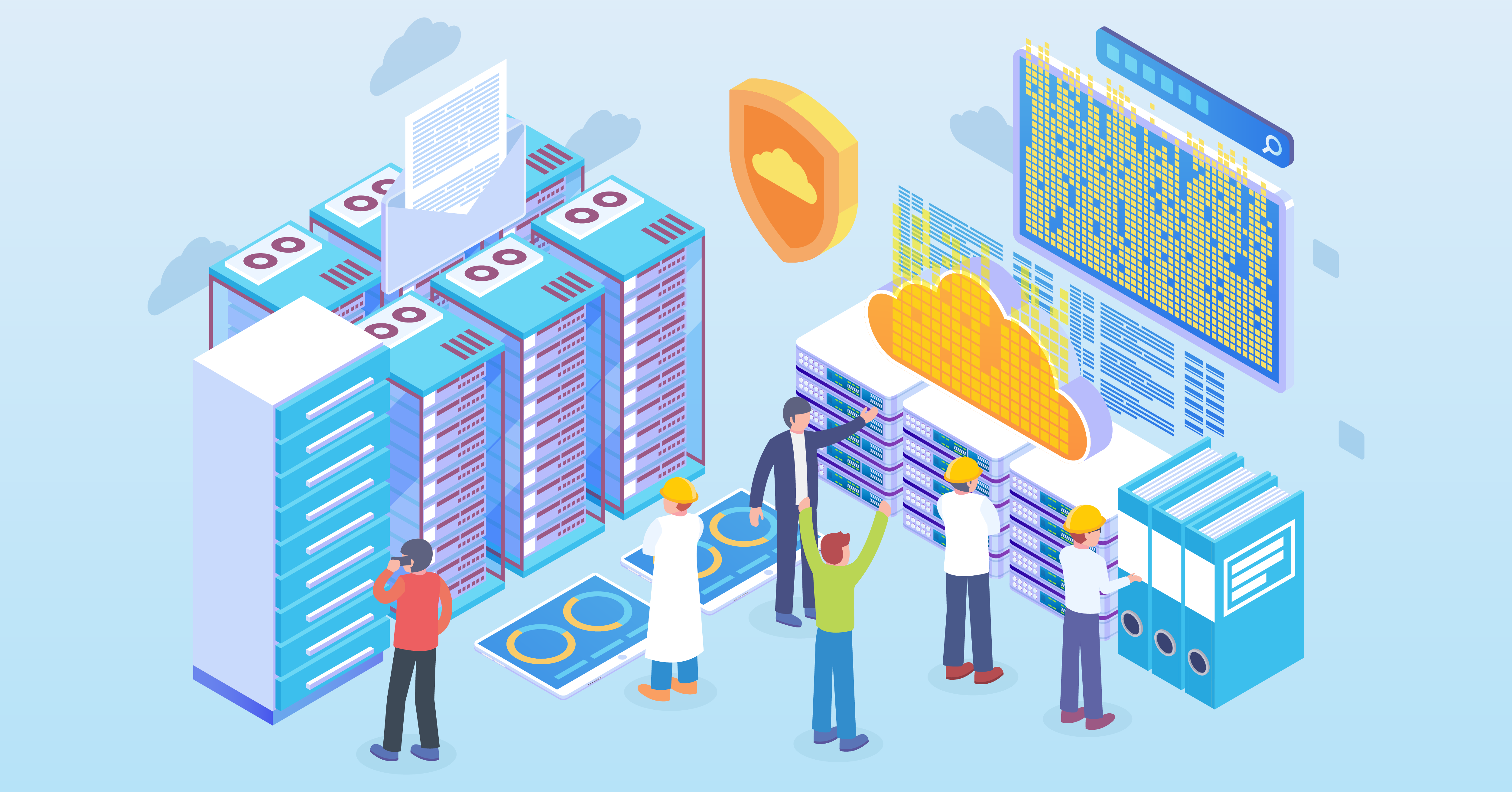Companies are continuing to vocalize their appreciation for the cloud-based infrastructure which is no surprise for anyone up to date on this bustling industry.


As your company weighs its options concerning a cloud migration strategy, note that there is no one-size-fits-all approach. It’s important to consider cloud adoption from a variety of angles and perspectives and dispel some common misconceptions before moving forward.
The top three thinking points for cloud migration that every CIO should consider are as follows:
When companies become too aggressive with their cloud migration strategy, they are likely to overspend and under plan. If an application doesn’t need to be immediately refactored for the cloud environment, there is no need to force it at the onset of data migration. This only leads to increased costs, both direct and indirect. The direct costs come from data transference and application refactoring while the indirect costs come in the form of massive retraining efforts and changing workloads of your employees or an enterprise-wide scale as well as loss in productivity during this time frame.
The highest ROI options should be the primary targets for migration to the cloud service. Having a specific cost-optimization process in place ensures that decisions concerning the migration strategy are made with the highest ROI opportunities at the forefront.
While many legacy application scan be refactored for cloud deployments, the key idea is to start with any application that gives you the biggest bang for your buck. Ensure that the benefits regarding how these applications will function using cloud technology are worth the costs associated with their migration. If a current application is likely to have little initial ROI, leave its cloud migration process for
another day.
Countless events have made the news lately with one major concept in common: cyber security and data breaches. There’s an old saying that no press is bad press; however, when it involves customer data confidentiality, it’s definitely bad press.
The most influential financial decisions people make in their lives often require that some very private information is provided – social security numbers, credit card numbers, bank accounts, you name it!
While this kind of information may seem arbitrary and random to the cloud service which stores and ties this data together contents, they represent the summation of hard work, dedication, and financial lives of our customers. Thus, although ROI and cloud infrastructure are important factors to consider as your business migrates and evolves,security must always be the root that supports every new branch your company grows or reshapes. After all, it takes building over years and years, helping one client after another achieve success, and overcoming countless other challenges for a company to define its brand and expand its customer base. It only takes one incident of insecure data to lose the trust of your customers.